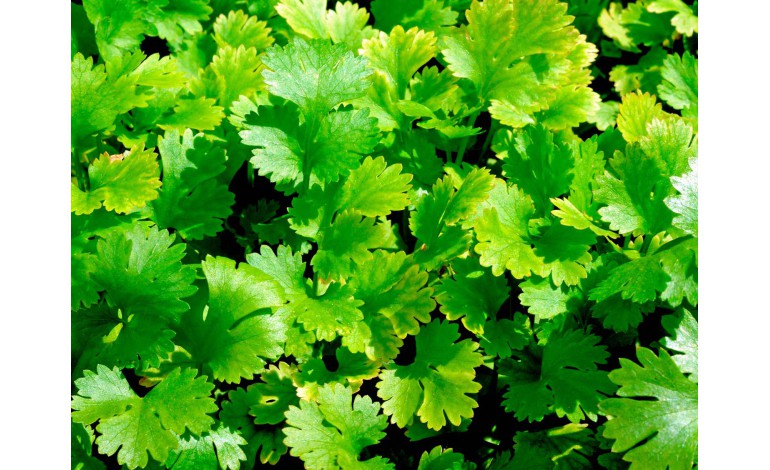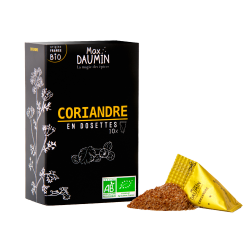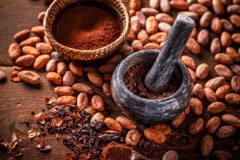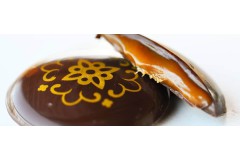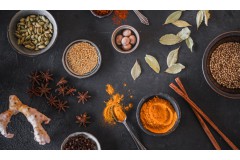Coriander (Coriandrum Sativum) is a millennial spice, it has been used for a very long time. The birthplace of coriander is uncertain. However, its origins are undoubtedly found in the Mediterranean basin. It’s a spice that has accompanied peoples since the beginnings of antiquity. Half of coriander was even found in the tomb of Tutankhamon. (1300 BC)
of the same family as carrots, parsley, fennel, cumin or clerk, coriander is one of the apiaceae (or umbelliferous because the flowers of all these plants make umbels) is an extremely interesting plant because it Provides 3 distinct culinary elements: the sheet, the fruit (which is often called the seed), and its roots.
the sheet:

The sheet remains with us the best known part. We find it sold fresh in our shops. It is a fragile sheet, it must be consumed a few days after its harvest.
Also called China or Arab Parsley, the coriander leaf gives off such a special flavor that it is difficult to describe it. The sheet brings from freshness, an oriental note to your dishes. A tabbouleh without coriander would be a bit of a pot with a marrow bone. Something would miss something. It remains easy to use, finely cut at the end of cooking. Its intense green will also participate in the aesthetics of the dish.
The fruit (called seed) represents the spice

The fruit appears as all fruits after flowering and fertilization of the flower. In the shape of a small spheres containing the seed inside, they are sold whole or ground dried.
Coriander powder is therefore the spice. She has participated for millennia at the base of multiple mixtures of spices (Ras El Hanout, Curry, Massalé, Massala, Colombo, etc ...).
Its taste is different from the sheet, although slightly recalling the flavor of the sheet, there are notes of citrus pronounced with a touch of bitterness. It’s an easy spice that can go almost everywhere. She particularly appreciates the world of the sea (fish, crustaceans) but also vegetables or salads. Always prefer coriander "seeds" that you mold at the last moment rather than a powder (unless it is kept entirely). Indeed the coriander is a fragile spice, these notes of heads and hearts so complex and so fine will disappear a few days after grinding.
roots:

Coriander roots are very little, or not at all used in our latitudes. However, it is a historic base of Thai cuisine. It is used as a seasoning in the form of pasta by adding pepper and garlic.
The taste of the coriander root is similar to that of the leaf but in addition pronounced and slightly terrly. To get it, you will have to go to Asian food stores where we find them.
max Daumin
Epices Max Daumin
or 2017-2018 silver 2020-2021 bronze 2019 | National grocery trophy
Artisan producer of the Culinary College of France 2021
